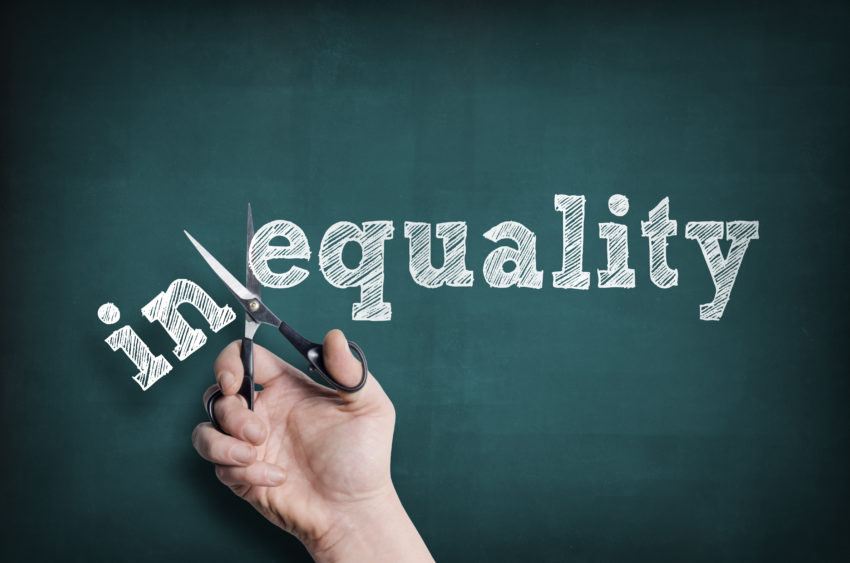A new report by the Federation of International Employers (FedEE), New Perspectives on Women at Work (NPWW), shows that in spite of the breakdown of traditional values, numerous legislative reforms and huge investments in family-friendly employment policies around the world, the position of women in the workplace is still far from equal to that of men. This problem is sustained at many levels, but – even at its most basic level – there is strong evidence that little real progress has been achieved, especially in some key emerging economies.
Falling labour force participation
According to the World Bank, global female labour force participation has fallen continuously from an already low 51.04% in 1992 to 47.86% in 2018. Looked at even closer, the picture is even more disturbing. Up until the year 2000, the ratio of women to men in the global workforce was improving. It then went into decline until 2012, had a brief period of recovery before resuming its decline in 2018.
Such figures defy the sometimes perceived myth that women have been taking male jobs. It is true that both men and women are suffering from a global decline in labour force participation, but women appear to be losing out in the struggle to secure and maintain jobs.
The reason why this global trend is not so evident to us all is because it is so heavily disguised by different national patterns. For instance, female participation has been consistently climbing in countries such as Germany, Israel, New Zealand, Oman and the United Kingdom. However, it has been a much more fluctuating picture in Argentina, Bulgaria, Portugal, Russia and Turkey. Countries with a clear downward trend, or a highly faltering record of female participation, may come as something of a surprise – for they include China, Finland, Ghana, India and Poland. In fact, the sheer size of the Chinese and Indian working populations will be one of the reasons why the overall downward trend is so pronounced.
Female participation
In many cases, the differences in participation may seem small. However, we must bear in mind that our policy expectations are for the reverse trend to be evident. Some of this trend could be because of changes in the post-school educational periods spent by women. This has most clearly taken place, in high-income countries, the trend towards higher participation has been consistently upwards.
Female participation rates are also not lowest in countries at the lowest state of economic development. In fact, they are much higher in low (64%) rather than low-medium (47%) and high income (53%) countries.
Unsurprisingly, it is in middle-east, north African and India where female participation is at its lowest. But even in these regions countries go against the tide – with Qatar having a higher female participation rate than the UK.
FedEE will be looking beneath these figures further in coming months to discover how the most fundamental right of all for women – to have equal access to jobs – is being furthered or frustrated.
Robin Chater said: “We believe this goes beyond culture and formal HR policies to a much more deeply ingrained psychological problem amongst women.
“It is also closely linked to family size, the age at which women have their first child, the evolution of childcaring roles between parents, and especially to practical issues like the breakdown of extended family networks and the emergence of affordable third party childcare – to remove the need for women to act as a career whilst holding down a job.
“Employers too need to become less passive in their approach to equal opportunities and take active steps to positively maximise the potential for all female employees.
“In many countries, women graduates are now outnumbering men, but beyond the age of 30, their prospects are faltering. This is a serious failure in the face of increased business competition.”
>See also: Eliminating ads with gender stereotypes – a move towards gender equality









